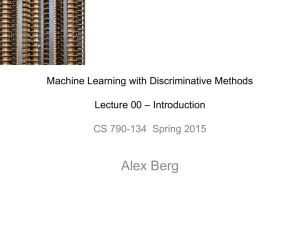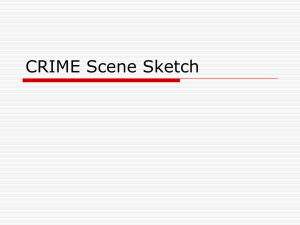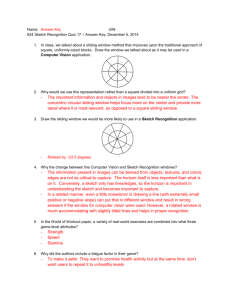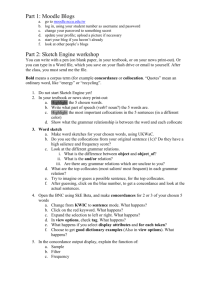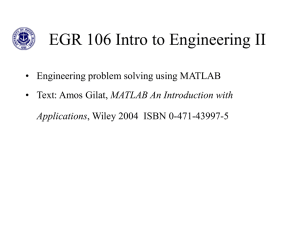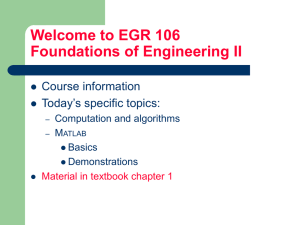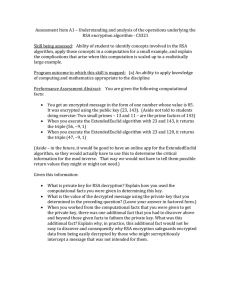View Additional Files
advertisement
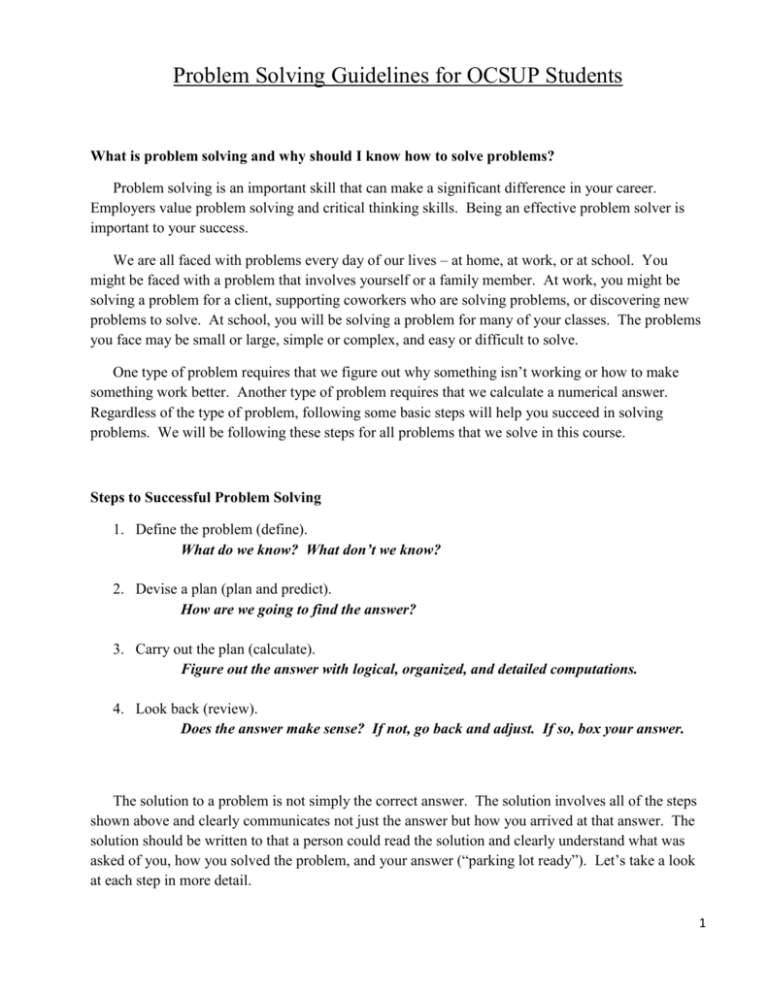
Problem Solving Guidelines for OCSUP Students What is problem solving and why should I know how to solve problems? Problem solving is an important skill that can make a significant difference in your career. Employers value problem solving and critical thinking skills. Being an effective problem solver is important to your success. We are all faced with problems every day of our lives – at home, at work, or at school. You might be faced with a problem that involves yourself or a family member. At work, you might be solving a problem for a client, supporting coworkers who are solving problems, or discovering new problems to solve. At school, you will be solving a problem for many of your classes. The problems you face may be small or large, simple or complex, and easy or difficult to solve. One type of problem requires that we figure out why something isn’t working or how to make something work better. Another type of problem requires that we calculate a numerical answer. Regardless of the type of problem, following some basic steps will help you succeed in solving problems. We will be following these steps for all problems that we solve in this course. Steps to Successful Problem Solving 1. Define the problem (define). What do we know? What don’t we know? 2. Devise a plan (plan and predict). How are we going to find the answer? 3. Carry out the plan (calculate). Figure out the answer with logical, organized, and detailed computations. 4. Look back (review). Does the answer make sense? If not, go back and adjust. If so, box your answer. The solution to a problem is not simply the correct answer. The solution involves all of the steps shown above and clearly communicates not just the answer but how you arrived at that answer. The solution should be written to that a person could read the solution and clearly understand what was asked of you, how you solved the problem, and your answer (“parking lot ready”). Let’s take a look at each step in more detail. 1 2 3 1. Define the problem (Define) What do we know? What don’t we know? What is the context of the problem? a short phrase describing the context of the problem What information or data is given in the problem? a list of information - a short phrase describing what information I was given - formula(s) - data description, symbol, number and units - sketch What information or data am I asked to find? a list of information - a short phrase describing what I am asked to find - data description, symbol, number and units - sketch 4 2. Devise a plan and predict an answer (Plan & Predict) How are we going to find the answer? Use rounding, estimating, and hand calculation to estimate an answer. What clues are in the wording of the problem that would help me decide what type of computation I need to do? List key words and state what type of computation could be used. Is there a formula that would work for this problem? Write the formula. Would drawing a sketch help me to visualize the problem? , Draw a sketch and label all known information. Is there a unit conversion I could use to find the answer? Write the unit conversion in equation form. Is there a mathematical skill that I learned in class that could help me find the answer? Write what skill or skills (there may be more than one) would be useful (for example, direct proportion, percent increase, sales tax, measurement, etc.) What answer do you expect? Should the answer be positive or negative? Should the answer be in the hundredths, tens, hundred-thousands, millions? Should the answer be larger or smaller than the given data? What should be the units of the answer? Use rounding, estimating and hand calculations to predict an answer. 5 3. Carry out the plan (Calculate). Figure out the answer with logical, organized, and detailed computations. Write a solution that is detailed, well-organized, neat, and easy to follow. This is the section of the problem that is often referred to as “show your work.” Use plenty of space. Don’t try to fit too much on one page. Include units in your computation. Include units in your answer. Use algebraic symbols in your computation. Include narrative phrases, if necessary. Model your solutions after textbook example problems. 6 4. Look back (Review). Does the answer make sense? Go back and read your expectations for an answer. Is the answer what you expected? If not, review your solution, looking for possible errors. Write a statement about where the error was found and rewrite a corrected solution. If the answer is as expected, review your solution then write a statement and box your answer. 7




